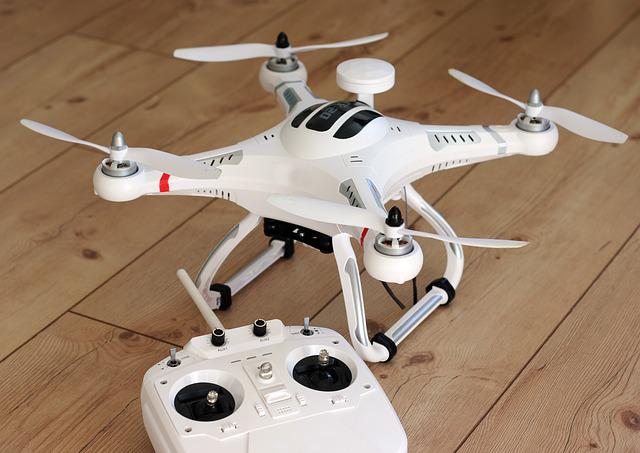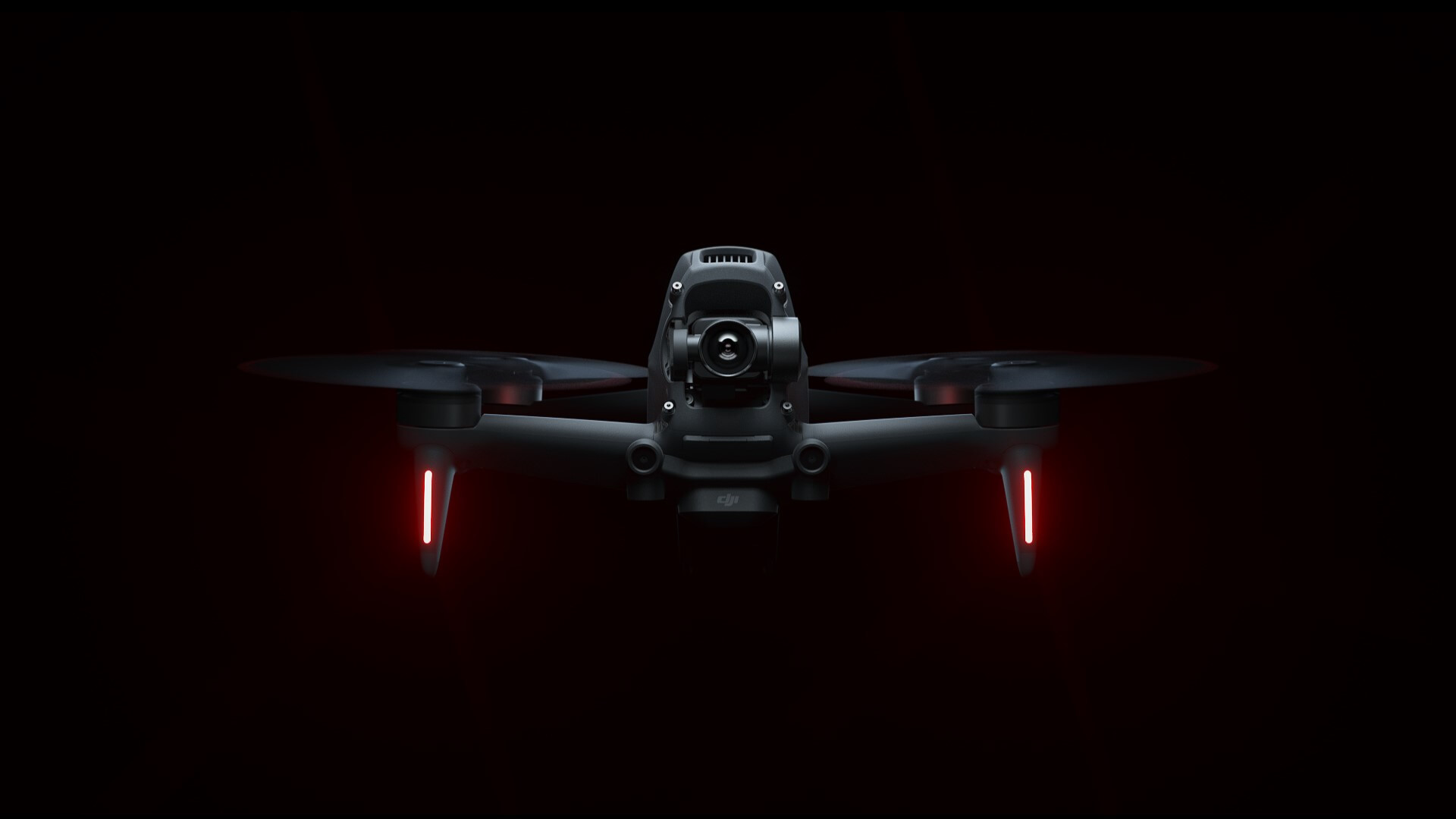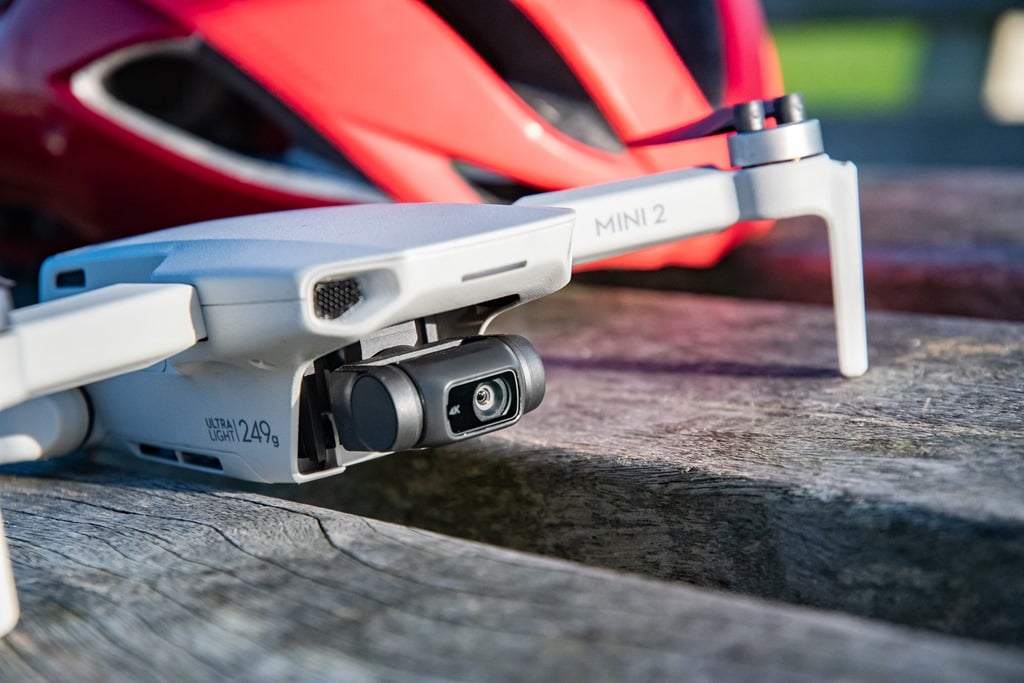
Counterterrorism policy has many implications from drone strikes. But what are the limits to drones of this generation? And what should we expect from them in the future? We'll cover these issues in the following article. First, let's discuss the two main types drone strikes should focus on. And what do these categories mean for counterterrorism policy? Let's start with distinguishing disparate behavior. Counterterrorism is best achieved by defining flocked and group behavior in drone targets.
The definition of disparate or flocked/grouped behavior types for drone targets
Defining disparate or flotted/grouped behavior types in drone targets involves using a variety of control strategies to influence the behaviors of multiple drones. These techniques are often more effective than human operators and can be used in many cases. The idea behind this is to make non-myopic controls decisions that account rewards that lie beyond UAV's event horizon.
Limitations in current-generation drones
Using drones in war has many benefits, including increased time advantage and discernment of targets, but they also come with limitations. Royal Air Force drones flew in Afghanistan to engage explosive-laden trucks. It killed four Afghan civilians while injuring the other two. Additional risks were also involved in the mission of the drone. Crew and aircraft must carefully evaluate these consequences before deploying this type weaponsry.

Drones have advanced over the years, and the development armed drones coincided closely with terrorist attacks that changed the United States. The "war on terror" has challenged traditional ideas of war and battlefield. Drones present new challenges when navigating the legal systems, especially regarding the spirit of the laws. This paper examines the ways that technology advances in wartime may affect our understanding of jus ad bellum and the principles of warfare.
The impact of drones on counterterrorism policies
There is a huge potential for targeting punishment of terrorists using drones. Besides providing early warnings, drones can also provide intelligence about adversaries' behavior and intentions. They may increase the chance of detection. Nevertheless, shooting down a drone does not necessarily result in escalation of conflict. Targeted attacks may result in increased casualties and more aggressive enemies.
Drone strikes are often accompanied with heightened anxiety. Drone strikes increase fear of terrorist attacks among citizens. Additionally, the trauma they cause fuels anti American sentiment and encourages recruitment to armed groups. The collateral damage suffered by the Islamic State in Iraq, Syria, and al Qaeda networks during U.S. military strikes is used by the network to support their recruitment efforts. These are called "blowback" and are long-term, unintended consequences of today's counterterrorism policies.

FAQ
What's the difference between quadcopters and hexacopters?
Quadcopters are four-rotor helicopters that fly like traditional helicopters. The quadcopter has four independent rotors. A quadcopter has four rotors. The hexacopter has six. Hexacopters offer more maneuverability and stability than quadcopters.
Where can I purchase a drone?
You can buy many types of drones online. Some people prefer to buy drones online via Amazon, eBay and Walmart. Some people prefer to buy their drones directly from the manufacturer.
Can I fly my drone around my neighborhood?
Yes! These are called UAVs, or unmanned aerial vehicles. There are many options for drones, from small quadcopters to larger fixed-wing aircraft. The FAA recently published new rules on commercial UAV usage, which allows you to legally fly them for commercial purposes. However, be aware that flying a UAV near airports may cause interference with air traffic control systems, and you must obtain permission from local authorities before operating one.
Statistics
- According to Indeed, a drone pilot gets paid $25.73 per hour on average in the US. (dronesgator.com)
- With the top 10% making over $100/h and the bottom 10% making as low as $10/h. (dronesgator.com)
- According to ZipRecruiter, the minimum hourly wage of drone pilots is $20. (thedroneu.com)
External Links
How To
How To Fly Drones For Beginners
A drone refers to a remote-controlled aircraft designed for aerial photography, surveillance and scientific research. Drones have been in use since World War II. DJI's Phantom series quadcopters were first commercially available in 2010. Since then, there have been many different types of drones available, from beginner-friendly models like the Parrot AR Drone 2.0 to professional-grade multi-rotor craft like the DJI Mavic Pro.
There are many ways to fly a drone.
-
Remote control: This uses a remote control device that attaches to your hand and allows you control the drone along its flight path. There are two types of controllers available: joysticks and on/off switches.
-
Manual Control – This method lets users remotely control the drone by using a smartphone app. You must keep track of the location where you want the drone to go and follow the instructions from the app.
-
Autonomous Flying - This allows the drone to take over all of the piloting duties. It is basically flying autonomously and without human intervention. To enable autonomous flight, the drone should have a built in camera and sensors capable recording images and data.
-
Triggered Flight: This is similar in concept to manual control. The pilot manually creates a route and the drone then follows it until it reaches that endpoint. Once the programmed route has been completed, the drone returns to the base automatically.
-
Landing Gear – Some drones are equipped with landing gear, which allows them to safely land if they lose power during flight.
-
Goggles: Some pilots use goggles in order to protect themselves against debris when operating.
-
Camera - Certain drones come with cameras that allow you to take photos and videos from high above.
-
Obstacles. Some drones can have obstacle avoidance technology that stops them from hitting obstacles.
-
Speed - Some drones can travel at speeds over 40 mph.
-
Battery Life – Most drones will last 20 minutes to three hours depending on how powerful they are.
-
Some drones are capable of traveling up to 30 miles depending upon their make and model.
-
Power source - Some drones need an external power source, while others use internal batteries.
-
Weight - Some drones are lighter than others, while some models can weigh as much as 4 pounds.
-
Size - From small drones that can be carried in the palm of one's hand to larger drones that weigh over 50 pounds, drones come in a variety of sizes.
-
Price - Drones come in a variety of price categories, including high-end models which can run into the thousands and low-cost options that can start at $100.